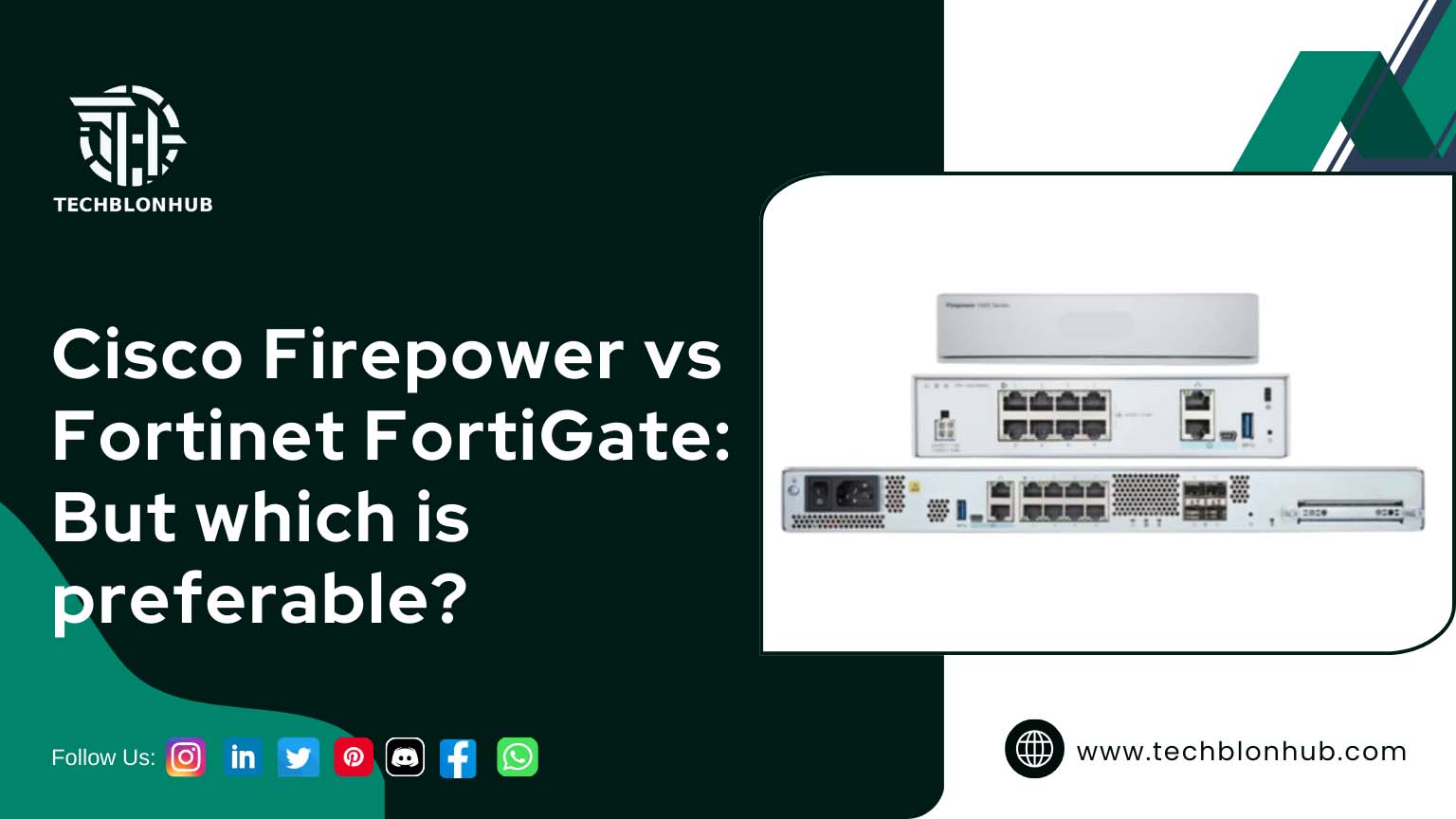In the highly connected world of today, effective communication is the key to every profitable corporate operation. Businesses are constantly looking for cutting-edge solutions to keep ahead of the curve and optimize their network infrastructure due to continuous improvements in technology. The Cisco NIM-2MFT-T1/E1 module is one such cutting-edge technology, built to improve connectivity and communication capabilities at a reasonable cost.
This blog seeks to explore the various uses and advantages of the NIM-2MFT-T1/E1 module for companies of all sizes while highlighting its important features. Read this post to the end and share it with someone who needs to follow it.
What is the Cisco NIM-2MFT-T1/E1 Module?
A suitable Cisco ISR (Integrated Services Router) model can accept the Cisco NIM-2MFT-T1/E1 module as an interface card. ISR routers are flexible tools with a range of capabilities, including routing, security, and voice and video capabilities. By giving these routers T1 and E1 connectivity options, the NIM-2MFT-T1/E1 module expands their functionalities.
Key Features:
T1 and E1 Support:
The NIM-2MFT-T1/E1 module’s primary function is to provide support for both T1 and E1 connections. For voice and data communications, the digital transmission protocols T1 and E1 are often employed. T1 lines have a data capacity of 1.544 Mbps, whereas E1 lines have a data capacity of 2.048 Mbps. Businesses can readily merge outdated T1 or E1 equipment with modern technology with the use of this module.
Increased Scalability:
Businesses may increase their communication infrastructure in accordance with their needs due to the NIM-2MFT-T1/E1 module. Organizations can add multiple T1/E1 interfaces without the requirement for additional hardware or difficult configurations by only inserting this module into the existing ISR router. This adaptability enables firms to efficiently and economically adjust to expanding communication needs.
Support for Legacy Equipment:
Businesses that still use outdated TDM (Time Division Multiplexing) equipment will find the NIM-2MFT-T1/E1 module to be especially beneficial. The T1/E1 equipment that many organizations have purchased over the years allows them to continue utilizing their current infrastructure while making a phased switch to IP-based solutions. It acts as a link between older phone systems and contemporary VoIP (Voice over Internet Protocol) technology, facilitating a smooth transition.
Seamless Integration with Existing Networks:
By easily integrating with current networks, the module eliminates the need for pricey network upgrades. Businesses can maximize their investments and effectively use their network resources by integrating T1 and E1 connections into the currently installed IP-based infrastructure. Additionally, this integration encourages improved interoperability, facilitating seamless communication across various networks and devices.
Multiple Applications Support:
The NIM-2MFT-T1/E1 module supports a variety of applications because it can function in both channelized and unchanneled modes. Businesses can utilize it in channelized mode for fractional T1 or E1 applications, where separate channels are designated for different uses, such as voice, data, or video conferencing. Channelized mode makes it suited for high-capacity voice communications, branch office connections, and bulk data transfers.
Cost-Saving Measure:
For companies wishing to upgrade their communication infrastructure, the module provides an affordable option. The NIM-2MFT-T1/E1 module offers the aggregation of services on a single router platform instead of investing in separate hardware for T1 and E1 connections. In addition to lowering initial expenses, this consolidation also streamlines management, support, and maintenance, which saves money in the long run.
International Compatibility:
The NIM-2MFT-T1/E1 module is appropriate for enterprises that operate internationally because it supports a number of international telecommunication standards. While T1 is more common in North America, E1 is extensively utilized in other regions of the world. The versatility of the module to support both standards provides seamless international connectivity.
Secure Communication:
The NIM-2MFT-T1/E1 module, which is made by Cisco and is well renowned for its strong security features, is no exception. In order to provide safe communication via T1 and E1 links, it makes use of Cisco’s security solutions. Sensitive data is protected and the network is shielded from potential threats by encryption, access control, and authentication procedures.
Channelized and Unchannelized Modes:
The NIM-2MFT-T1/E1 module’s versatility in operating in channelized and unchannelized modes is one of its main benefits. Each T1/E1 port can be separated into a number of separate channels in the channelized mode, each of which can transport voice or data traffic. The full T1/E1 link can be used as a single high-speed connection in the unchannelized mode, which is better suited for applications requiring massive data transmission or extensive speech applications.
Integrated Voice and Data Capabilities:
This module effortlessly combines voice and data services, making it the best option for organizations that need both. It supports a number of telephony protocols, including PRI (Primary Rate Interface) for T1 and CAS (Channel Associated Signaling) for E1, to provide crystal-clear and dependable voice transmission. For effective data transfer, it also supports data protocols including PPP (Point-to-Point Protocol) and HDLC (High-Level Data Link Control).
Network Redundancy and Resilience:
By providing a variety of characteristics to promote network resilience and redundancy, the NIM-2MFT-T1/E1 module improves network reliability. In the event of a primary link breakdown, it includes features like ISDN PRI backup, enabling automatic failover to backup T1/E1 lines. This redundancy feature guarantees ongoing communication and lowers the possibility of an outage.
Simplified Management and Troubleshooting:
The NIM-2MFT-T1/E1 module and Cisco ISR routers provide centralized management via Cisco IOS (Internetwork Operating System). The processes for configuring, monitoring, and troubleshooting are made simpler by this accustomed interface. T1/E1 interface-related problems are simple to spot and fix, which improves the performance of the entire network.
Conclusion:
Numerous important features offered by the Cisco NIM-2MFT-T1/E1 module improve communication capabilities for service providers and organizations alike. It is a flexible and affordable solution because it supports T1 and E1 connections, channelized and unchannelized modes, and seamless integration with existing networks. By utilizing this module, businesses may support outdated equipment, guarantee dependable voice and data connection, and future-proof their networks for unlimited expansion and scalability. Businesses may confidently adopt contemporary communication technologies with the NIM-2MFT-T1/E1 module, maximizing their investments and remaining ahead in the current fast-paced digital environment.
 TechBlonHub A new digital technology era.
TechBlonHub A new digital technology era.






